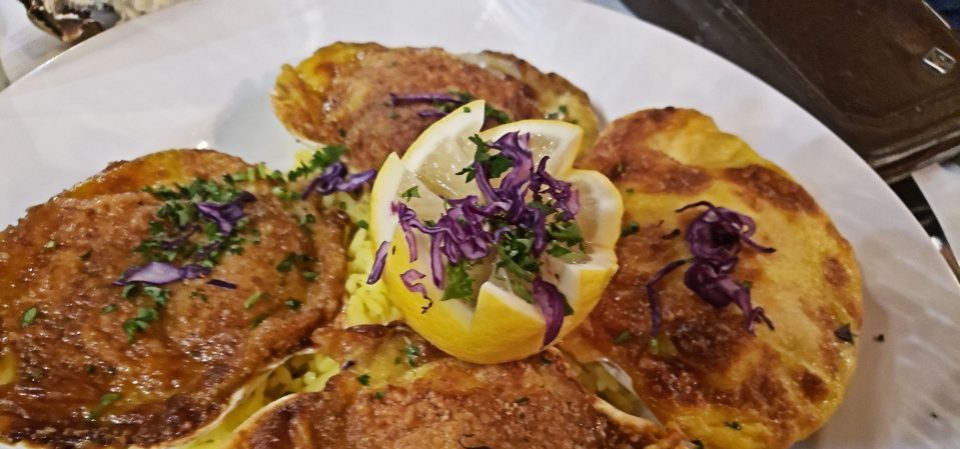Tags

One of my favorite herbs is tarragon. Thyme and basil come in as a close second. I love it for it’s anise, licorice flavor that goes extremely well with fish, especially salmon, in soups and stews and in sauces. Here is some information on tarragon. I hope you find it useful and interesting.
Tarragon, scientifically known as Artemisia dracunculus, is a perennial herb that has been used for culinary and medicinal purposes for centuries. Its history is rich and diverse, with various mentions in different cultures around the world. Here’s a history of tarragon:
- Ancient Roots: Tarragon’s history can be traced back to ancient times. It is believed to have originated in Siberia or the Caspian Sea region. The ancient Greeks and Romans were familiar with tarragon and used it both for its culinary and medicinal properties.
- Middle Ages: Tarragon gained popularity in medieval Europe, particularly in France. Charlemagne, the Holy Roman Emperor, ordered the cultivation of tarragon in his herb gardens in the 9th century. It was during this time that tarragon started to be used as a flavoring herb in various dishes.
- Medicinal Uses: Tarragon has a history of use in traditional medicine. It was believed to have medicinal properties, including the ability to alleviate digestive issues and reduce toothaches. In medieval times, it was also used to treat snake bites.
- Renaissance and Culinary Uses: Tarragon continued to be cultivated and used in European kitchens during the Renaissance. Its distinctive flavor made it a favorite among chefs, and it became a staple in French cuisine. Tarragon vinegar, a popular condiment, was developed during this period.
- Russian Tarragon vs. French Tarragon: There are two main varieties of tarragon: Russian (Artemisia dracunculoides) and French (Artemisia dracunculus var. sativa). French tarragon is the preferred culinary variety due to its superior flavor, while Russian tarragon lacks the same intensity.
- Spread to North America: Tarragon was brought to North America by early European settlers. It found its way into colonial gardens and was incorporated into American cuisine.
- Modern Usage: Tarragon continues to be a popular herb in modern kitchens, particularly in French and Mediterranean cuisines. It is commonly used to flavor sauces, dressings, and various meat and vegetable dishes. Tarragon is also a key ingredient in the French herb blend fines herbes.
- Cultivation and Varieties: Tarragon is primarily grown through cuttings or division, as growing from seeds is often unreliable. French tarragon is a sterile hybrid, meaning it doesn’t produce viable seeds, while Russian tarragon can be grown from seeds.
- Health Benefits: While tarragon is mostly used for its culinary appeal, it is also believed to have health benefits. It contains compounds with potential antioxidant and anti-inflammatory properties.
In summary, tarragon’s history is a fascinating journey through different cultures and time periods, showcasing its evolution from a medicinal herb to a beloved culinary ingredient. Its unique flavor continues to be appreciated worldwide, making it a staple in many kitchens.
